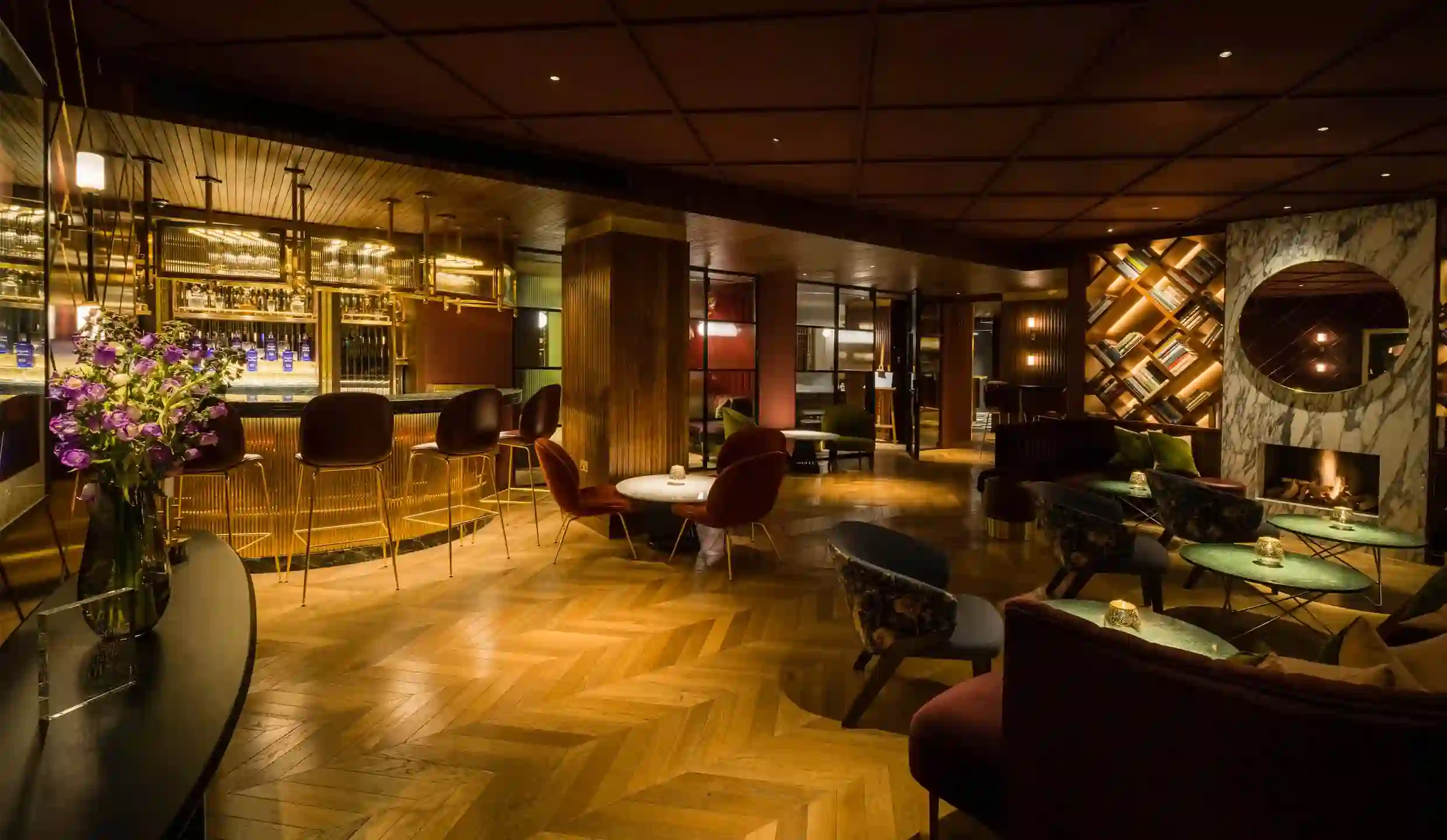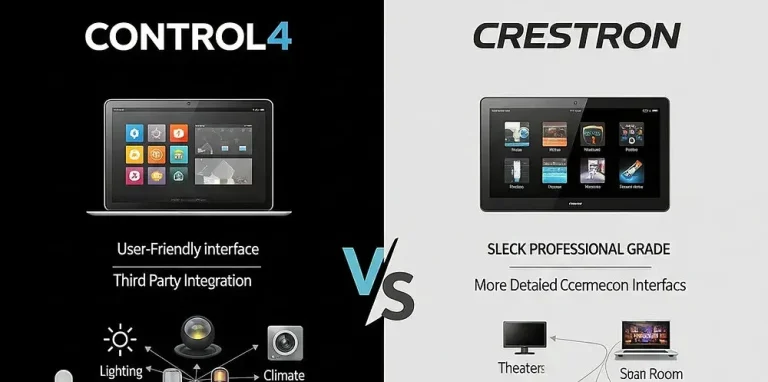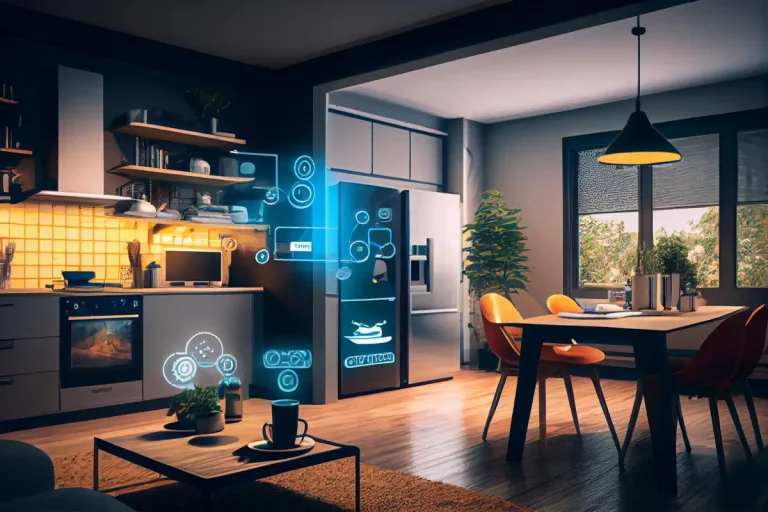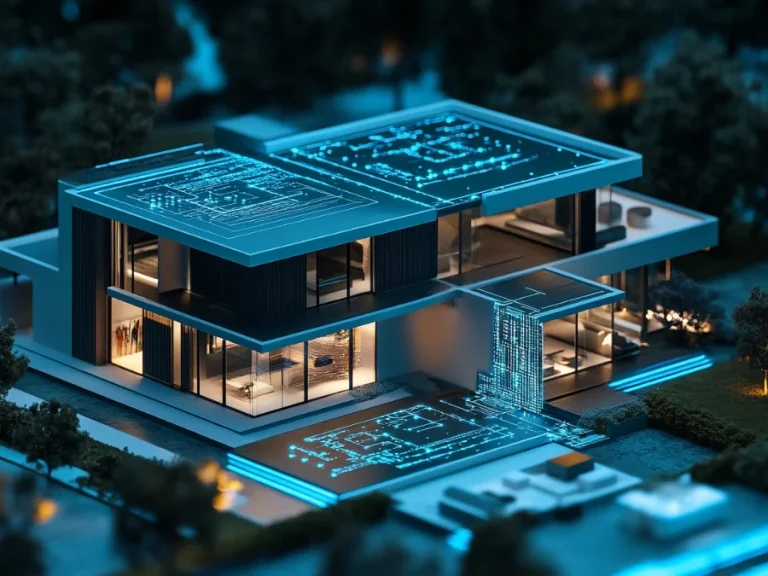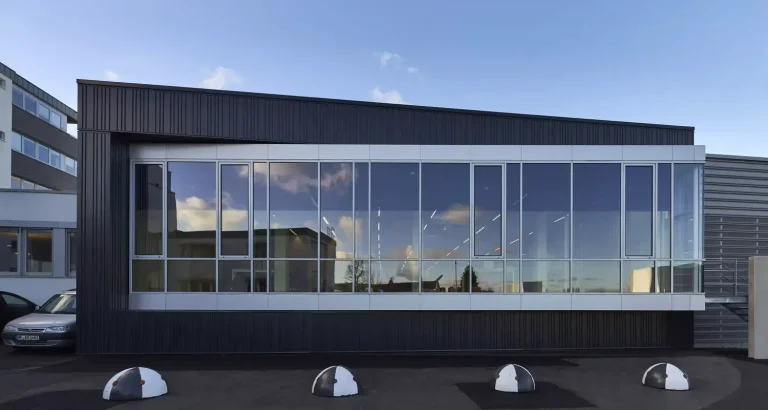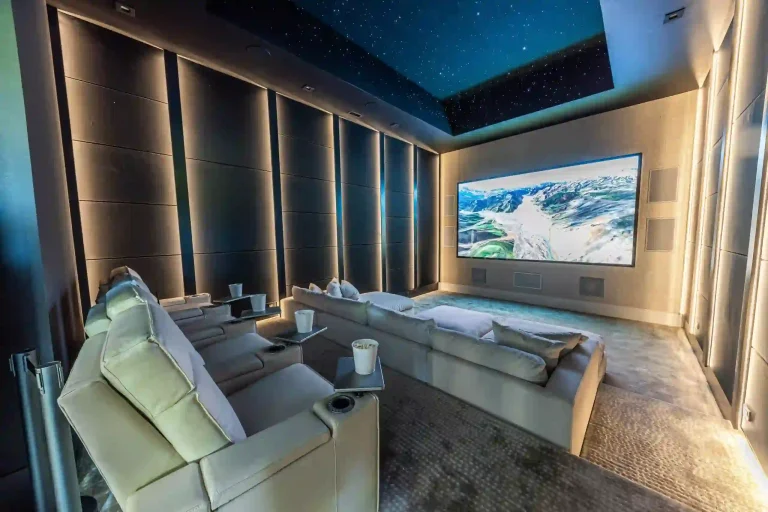Smart Lighting Design Consultancy for Boutique Hotels & Residences
What Does a Smart Lighting Design Consultancy Do
A lighting design consultancy specializing in “smart lighting” goes beyond selecting fixtures. It orchestrates light, control, automation, integration, and experience. For boutique hotels or residences, the consultant designs lighting hierarchies, selects smart control systems, plans sensor networks, sets scene logic, and ensures all lighting meets aesthetics, mood, energy, and guest comfort goals.
Consultants typically engage in phases: conceptual lighting visions, fixture and control system selection, detailed lighting layouts (lux levels, beam angles, color temperature), integration with automation systems, commissioning, and post-occupancy tuning. In boutique hotels, they must also align lighting with brand identity, wayfinding, guest psychology, and operational practicality.
A well-chosen smart lighting design consultancy helps avoid costly mistakes (poor control systems, mismatched color temperatures, glare issues) and ensures the lighting becomes a powerful tool for branding, guest satisfaction, and operational savings.
Why Boutique Hotels & Residences Need Smart Lighting Consultancy
Elevated Guest Experience & Brand Differentiation
Boutique hotels thrive on uniqueness and emotional impact. Lighting is one of the strongest sensory levers. Through carefully designed scenes, “arrival,” “evening lounge,” “reading nook,” and “night mode” lighting can shape guest perception. A consultant ensures transitions are smooth, scenes are intuitive, and lighting aligns with the brand’s narrative and interior style.
In residences, especially high-end ones, residents expect lighting to adapt to moods and daily rhythms without visible complexity. Consultants bring in experience to design systems that feel invisible yet responsive.
Operational Efficiency & Energy Savings
Hotels and residences both consume significant electricity. A smart lighting design consultant can plan occupancy sensors, daylight harvesting, zoning, dimming, and control logic that reduce waste while preserving comfort. For example, lighting in back-of-house, corridors, or storage can dim or switch off when unoccupied, yet react instantly when guests or staff enter. This reduces energy bills and supports sustainability commitments.
Technical Complexity & Integration Expertise
Smart lighting rarely stands alone; it integrates with HVAC, shading, media, security, BMS, and property management systems. Without expert planning, systems may conflict, lag, or become unmanageable. Consultants ensure interoperability, avoid vendor lock-in, and manage firmware, networking, and user interface design.
They also anticipate maintenance, future upgrades, component replacement, and standard compliance (safety, emergency lighting). For boutique hotels opening or renovating, many projects engage a lighting consultant early to optimize placement, switch locations, and wiring before final finishes.
Product Examples Smart Lighting Consultants Might Recommend
Below are 5 real-world smart lighting products that fit boutique hotel and upscale residence contexts. Each is described for its role in a smart lighting scheme.
1. TP‑Link Tapo L900‑20 Smart Wi-Fi Light Strip
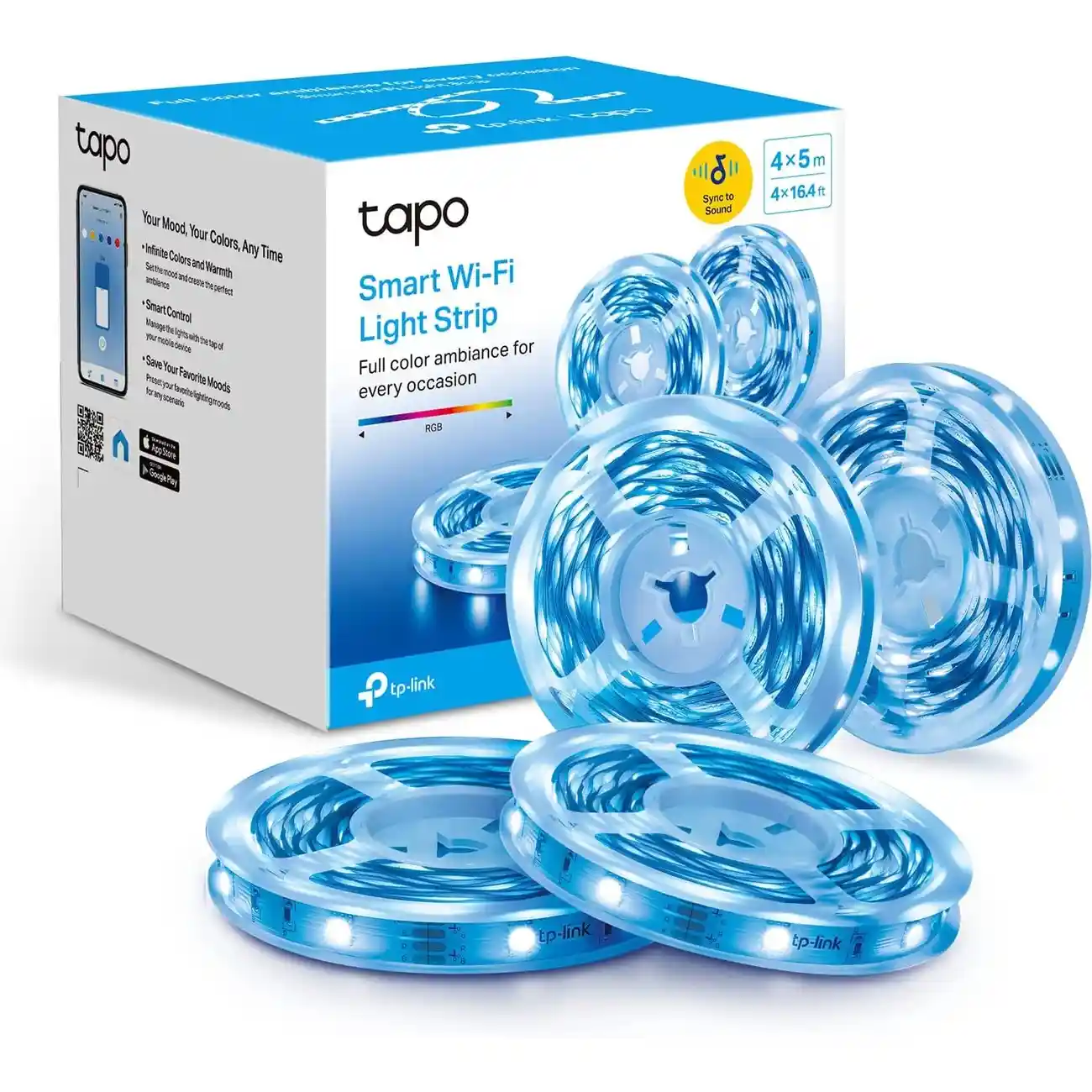
Tapo L900 is a multi-meter RGB + tunable white LED strip that can be controlled via Wi-Fi or app. In boutique settings, it is ideal for cove lighting, under-cabinet accents, architectural recesses, or feature walls. The consultant might use these strips to infill indirect lighting lines that adapt color temperature across day phases.
Because it is Wi-Fi-based, installation is relatively simple; no extra driver boxes needed, though for large-scale, you’d likely connect through a lighting control server to manage grouping, scenes, and integration. The consultant will size LED power, voltage drop, and junction points, and assign it to a scene logic, e.g., warm tones in the evening, cooler daylight tones in the morning.
2. Govee Smart Ceiling Light RGBIC LED
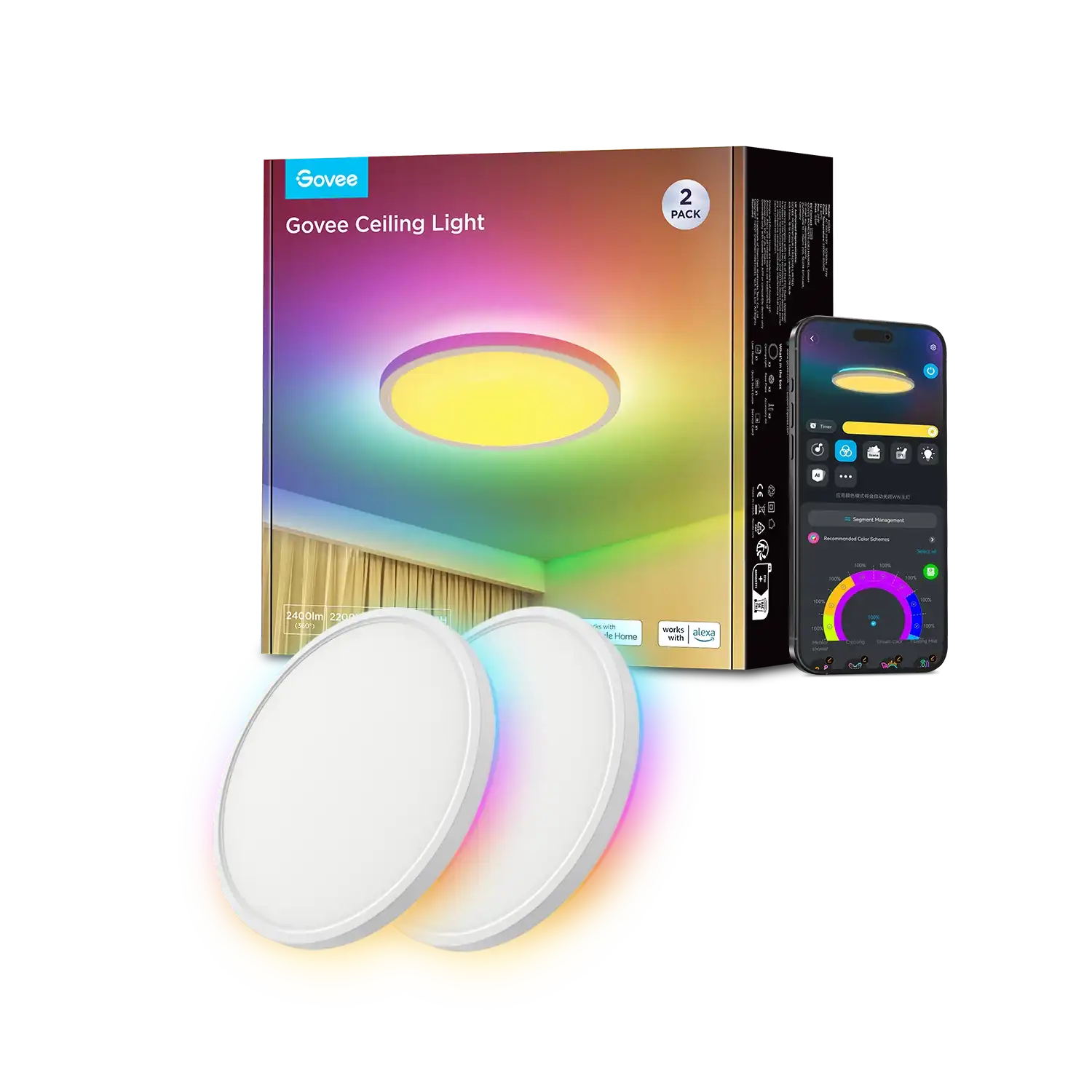
Govee Smart Ceiling is a flush-mount ceiling smart LED panel that supports dynamic color effects (RGBIC) and tunable white. In boutique hotel lobbies or feature rooms, such a ceiling fixture can serve both as ambient light and dynamic accent, morphing into mood effects (e.g., soft colored glows, natural transitions). A lighting consultant may use this fixture to synchronize with music or events, or trigger scenes like “welcome” or “evening lounge.”
Because the fixture is networked, it can respond to control signals or triggers from sensors or automation logic. The consultant ensures backup brightness levels and smooth dimming curves to avoid flicker or abrupt transitions.
3. Yeelight Cube YLFWD‑0009 Smart Lamp
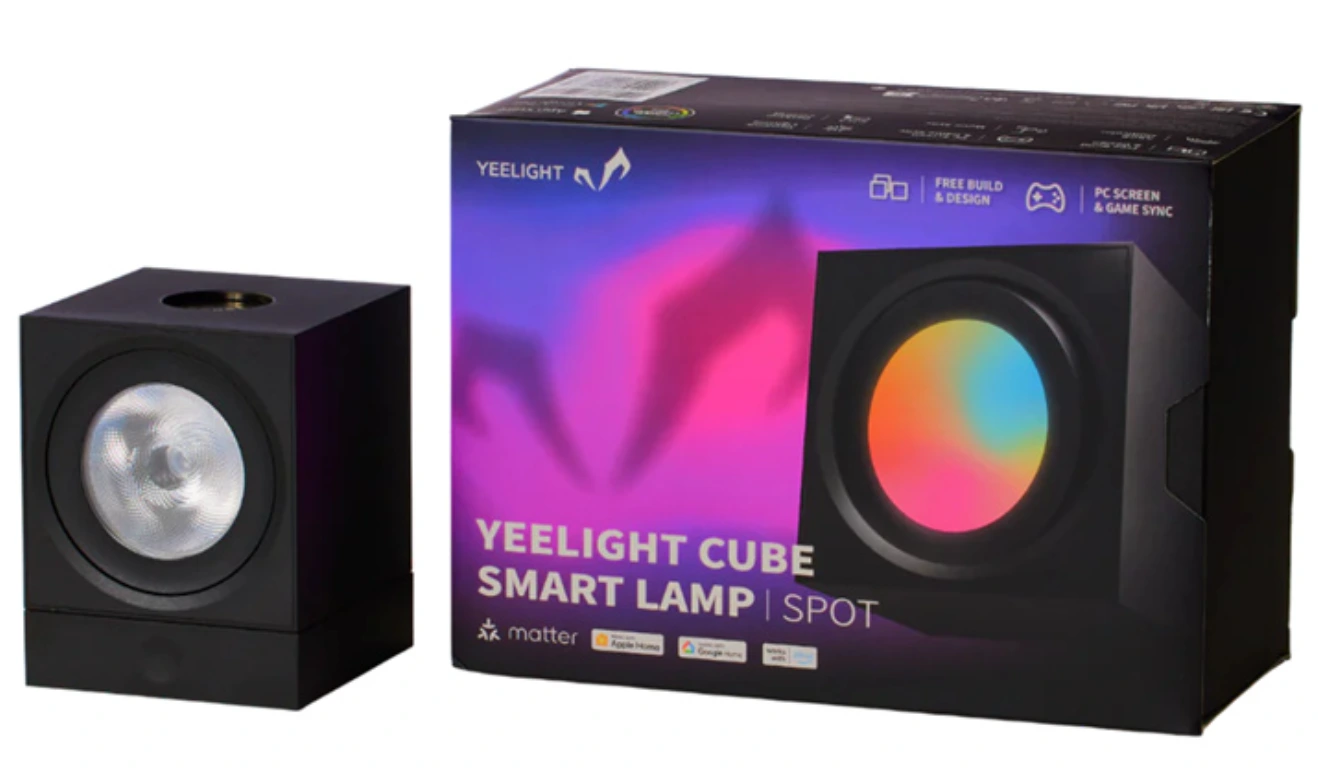
YLFWD‑0009 is a small RGB + white smart cube lamp, usable as accent or tabletop lighting. In boutique guest suites, consultants might place this as a dusk/dawn bedside accent, mood uplight, or shelf feature. Its compact size allows flexibility. A consultant will decide its brightness limits, assign it to certain scenes (e.g, “reading mode,” “night soft glow”), and program fade transitions so it doesn’t disturb sleep.
4. InfiBrite 4 Smart 9‑Watt Recessed LED Downlight
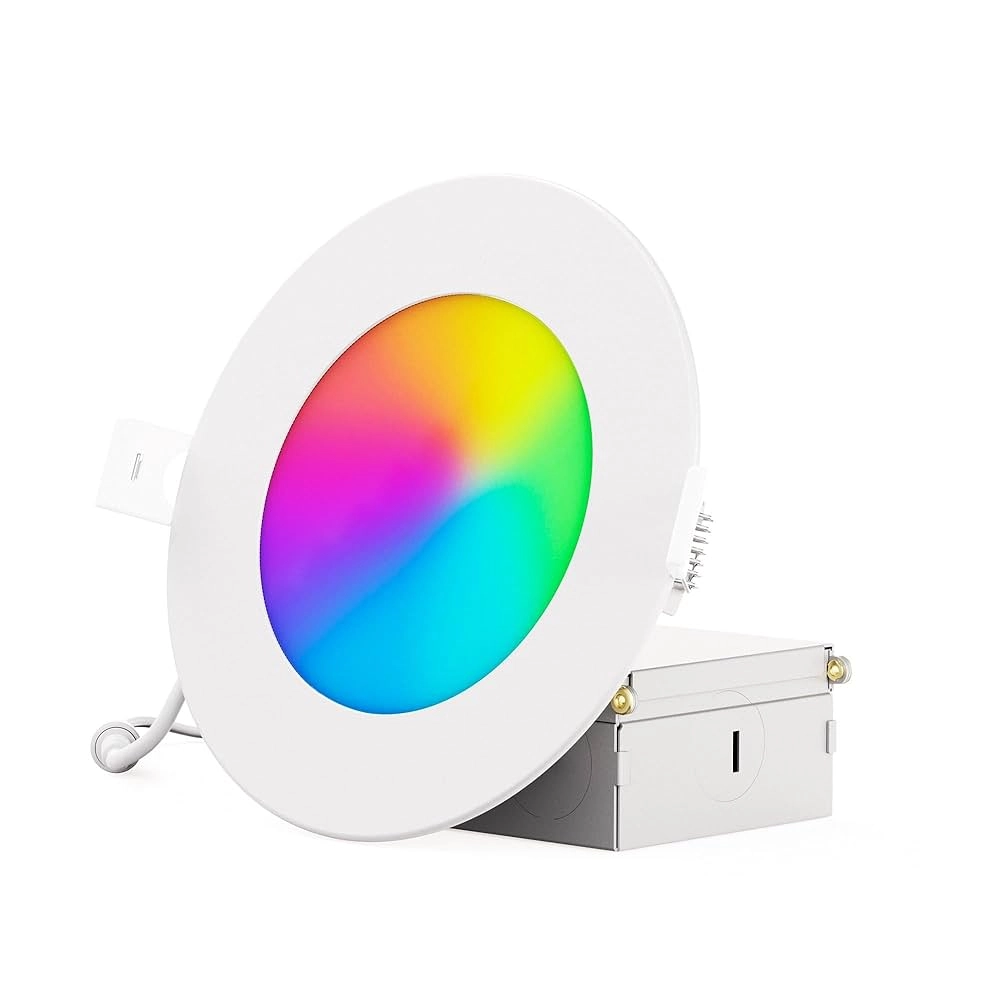
InfiBrite 4 Smart 9‑Watt Recessed is a smart retrofit downlight for recessed ceiling modules. In ceilings already wired for downlights, consultants may recommend these to upgrade existing structures into addressable, dimmable, and tunable luminaires. They maintain low-profile aesthetics while enabling individual control, grouping, and scene logic.
A lighting consultant will plan spacing, beam angles, color temperature (e.g., 2700 K for hospitality warmth), and uniformity ratios. They will integrate these with central lighting servers so guest commands or automation can dim or adjust ambient levels regionally.
5. Smart Sensor LED Light Strip
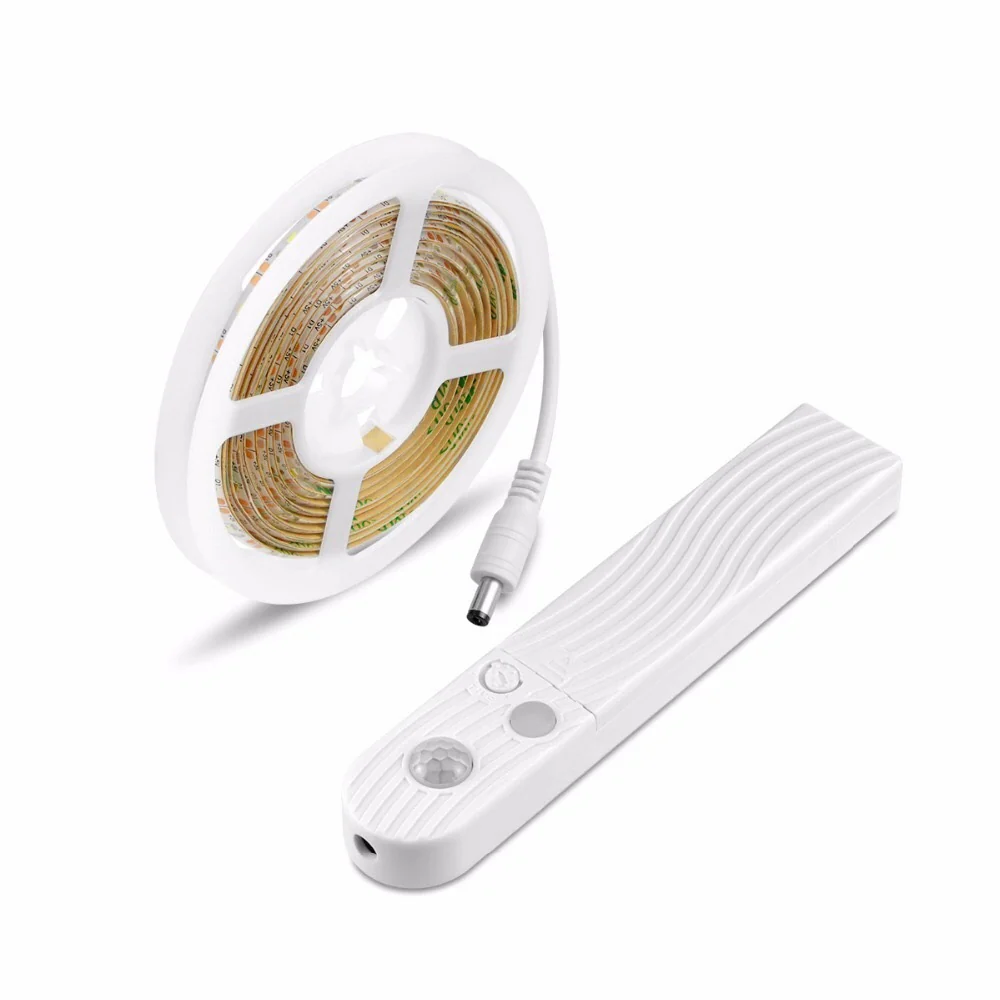
This is an LED Strip with integrated sensor or trigger capability (motion, proximity). Consultants use such strips under vanities, wardrobes, corridors, or concealed zones to provide “on-demand” illumination. For instance, when someone opens a wardrobe door, the strip gently lights up. This enhances guest comfort (no fumbling) and saves energy (strip remains off when idle).
Lighting consultants plan sensor sensitivity, trigger zones, fade durations, and ensure the activation logic aligns with guest expectations (not too sensitive, not abrupt).
Benefits of Engaging Smart Lighting Design Consultancy
Cohesive Mood & Emotional Flow
A consultant ensures that lighting transitions between spaces feel natural. Instead of abrupt changes, lighting flows dimming gently, shifting color temperature, blending zones. This consistency across guestroomsmloungesge, art walls, corridors, and facades shapes a cohesive emotional journey and reinforces brand identity.
Optimized Energy Use & ROI
Through simulation, daylight harvesting, occupancy logic, and zoning strategies, a consultant can deliver measurable energy reductions. Over time, the initial design investment is recovered through lower utility costs and maintenance savings. Smart systems also extend the life of LED fixtures through softer start cycles and proper thermal management.
Reduced Risk & Rework
Poor lighting decisions (wrong beam angles, glare, flicker, mismatched colors) often require costly corrections post-installation. A lighting consultant anticipates these problems, does mockups, light studies, and ensures the lighting design is robust before final finishes. They also manage compatibility among fixtures, drivers, networks, and automation controllers.
Scalability & Future Upgrades
Consultants design systems anticipating gro, wth adding new wings, event zones, and terraces. They choose control platforms and wiring so future additions don’t require full rewiring. They also guard against obsolescence by selecting systems and protocols (e.g., DALI, PoE, open control drivers) that permit component replacement over time.
Guest Comfort & Operational Ease
Smart lighting makes life easier for guests (one-touch modes, voice, app) and for hotel operations (automated reset, maintenance alerts, staff override scenes). The consultant defines intuitive interfaces, fallback manual options, and centralized override dashboards for staff.
Use Cases & Problem-Solving Scenarios
Use Case A: Boutique Hotel Guest Rooms
Problem: Guests want control, but naïve controls (multiple switches) confuse them. Energy must be conserved when rooms are unoccupied.
Solution: The consultant designs a scene panel (e.g., “Relax / Work / Sleep”) and occupancy logic. On entry, default “Welcome” lighting activates (ambient + indirect). After some idle minutes, if no motion, the lighting dims automatically. For sleep mode, lights fade gradually. The smart sensor LED strip in the wardrobe turns on only when needed. The downlights adapt color temperature according to the time of day. The ceiling smart panel (Govee) dims to the mood color when guests use reading mode.
This solves guest frustration, minimizes waste, and delivers ambient control.
Use Case B: Boutique Hotel Lobby & Social Spaces
Problem: Multi-purpose space: daytime co-working, evening lounge, occasional small events. The lighting must flex smoothly.
Solution: Consultants program scene sets: “Day Bright” (crisp cooler whites), “Cocktail Evening” (warm accent + dim ambient), “Event Mode” (stage lighting, accent focus). The smart ceiling panels respond to event triggers; LED strip cove lighting adjusts subtly; downlights focus on art walls or seating. The consultant ensures fixture beam angles, layering, and transitions. The lobby transitions without jarring shifts.
Use Case C: Feature Wall & Facade Accent
Problem: A boutique hotel’s signature facade or interior feature wall must attract attention while being dimmable at night.
Solution: Use LED strips, wall grazers, and smart color-accent fixtures. The consultant will map sequences, fade transitions, or highlight patterns. The consultant will ensure ambient light doesn’t overpower the accent, plan zoned brightness, and manage timing (e.g., ramp in at dusk). On special dates, the accent lights may shift dynamically.
Use Case D: Residence Dining & Living Integration
Problem: A luxury residence wants flexible modes: dinner, entertaining, reading, a nd relaxing. Switching via multiple controls is tedious.
Solution: The consultant programs “Dinner,” “Movie,” and “Relax” scenes. The ceiling smart fixture, downlights, and accent strips all respond together. The bedside smart cube offers a fallback local mode. Motion strip lights softly welcome residents in corridors. Integration with shading and HVAC controls gives holistic mood adaptation.
Use Case E: Back-of-House & Staff Zones
Problem: Corridors, service areas, and kitchens should not remain fully lit 24/7, yet avoid dark delays when staff transit.
Solution: Consultants use occupancy sensor strips, timed dimming, and fade transitions. These zones run minimal lighting until staff movement triggers full ambient. This saves energy while ensuring safety and a seamless staff experience.
How to Engage & Where to Hire Smart Lighting Design Consultancy
1. Start Early in the Planning Phase
Bring the lighting consultant before finishes are locked. Early involvement allows optimal fixture placement, wiring routing, switch locations, sensor mounting, control layer planning, and mockups.
2. Define Scope & Goals
Clarify your brand narrative, mood targets, energy budgets, guest expectations, control preferences (app, panel, voice), integration with other systems, maintenance philosophy, and future growth plans.
3. Review Past Portfolios & References
Evaluate firms with boutique hotel & high-end residence experience. Ask for before/after case studies, control sophistication, maintenance history, and guest feedback. For example, firms like Baseline Lighting Design Studio (Hong Kong) emphasize early consultant involvement to avoid costly lighting missteps.
4. Technical Proposal & Mockups
Request proposals including lighting renders, control system architecture, fixture selections, control logic narratives, mockups, or prototypes. The consultant should simulate scenes, transitions, and show how fallback/manual controls will operate.
5. Vendor Coordination & Installation Oversight
The consultant should help coordinate with electricians, automation integrators, interior designers, and final commissioning. This often includes site visits, tuning, feedback loops, and post-occupancy adjustments.
6. Ongoing Support & Maintenance
Ensure the consultancy (or its partners) offer post-installation support, firmware updates, periodic tuning, and remote diagnostics.
Example Consultant Firms & Platforms
-
Baseline Lighting Design Studio (HK / Asia)
-
Enlightened Design & Hospitality (specializes in smart lighting in residential & hospitality)
-
Many lighting consultancies advertise portfolios in boutique hotel lighting design as part of their offering.
-
Trade platforms, lighting agencies, or local architectural lighting firms often list “lighting design consultancy” services.
Procurement & Engagement
Often consultancies work via proposals, fixed-fee phases, or a percentage of the lighting contract value. Contracts may include design, documentation, supervision, tuning, and support. Payment milestones align with project phases. Use local or regional lighting design associations to vet consultants.
Frequently Asked Questions
Q1: How much does a smart lighting design consultancy cost?
Costs vary widely depending on scale, project complexity, location, and integration depth. Smaller boutique hotels or residences might spend a few thousand to tens of thousands (USD) for lighting design phases. Larger or highly customized projects could command much more. Always request a detailed breakdown of phases and deliverables.
Q2: Can smart lighting consultancy retrofit existing hotels or residences without full rewiring?
Yes. Consultants can design upgrades using wireless protocols (e.g., Casambi, PoE, Zigbee), retrofit drivers, and overlay control layers. However, performance may be constrained by existing wiring, switch points, conduit access, and structural limitations. A site inspection is essential to assess feasibility.
Q3: How do I know which control systems (brand or protocol) to use?
A good consultant will recommend control systems based on your integration needs, scale, budget, and plans. They will evaluate options such as Lutron Hospitality systems (for hotels), DALI, PoE lighting, wireless protocols Casambi, or hybrid architectures. The right choice balances performance, compatibility, user experience, and maintainability.
Engaging a smart lighting design consultancy for boutique hotels & residences transforms lighting from a background necessity to a brand-shaping, guest-pleasing, energy-efficient tool. With carefully chosen products, thoughtful logic, integration expertise, and dynamic scenes, your spaces will not just be illuminated, they will convey emotion, comfort, and design excellence.
